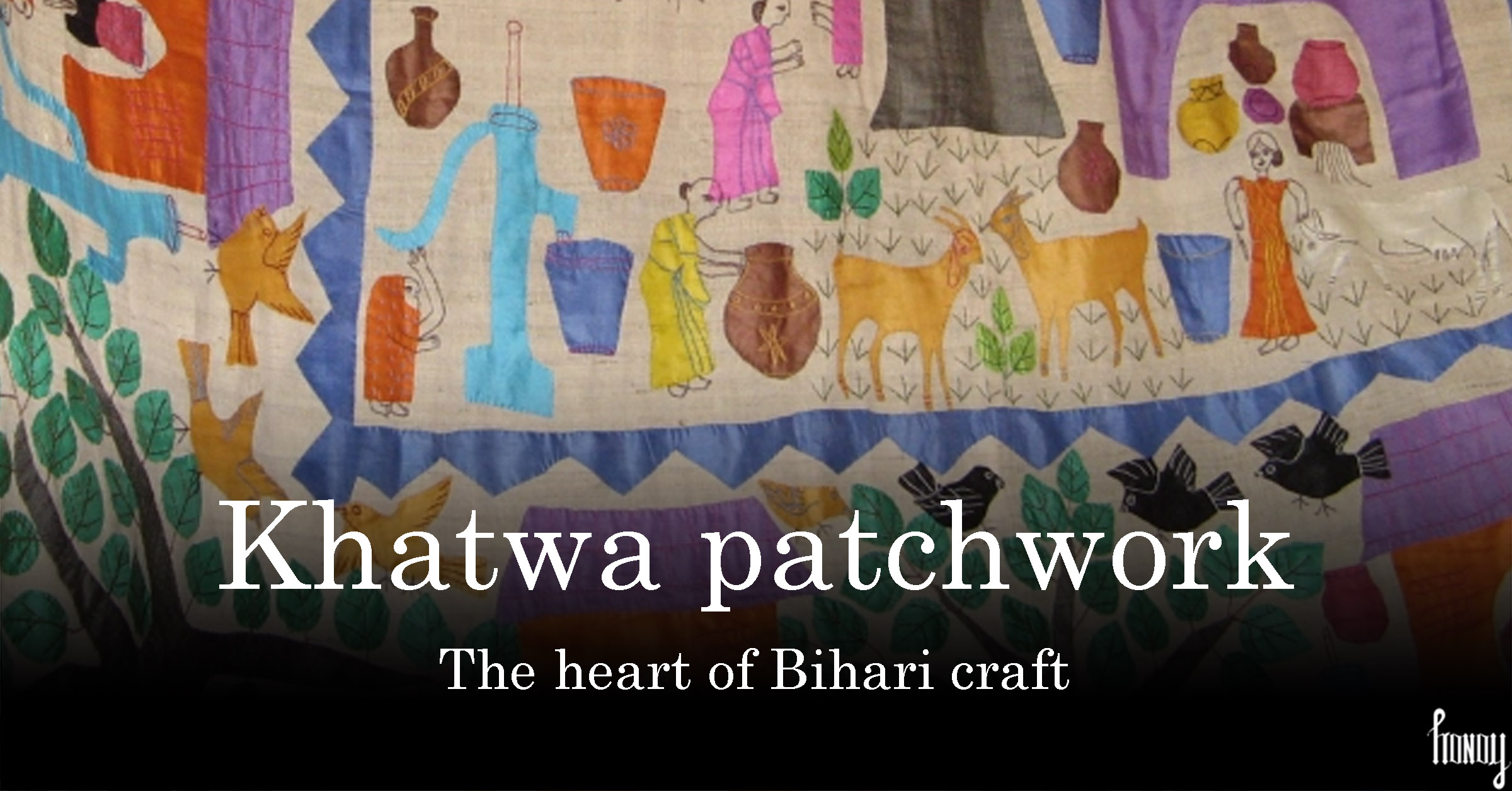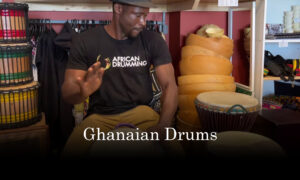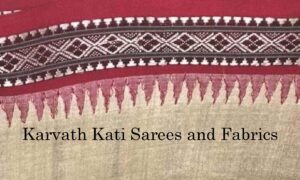Introduction
This post is about is the heart of Bihari craft Khatwa patchwork. In the heart of India, where culture and tradition flourish, lies the state of Bihar. This ancient land is not only known for its historical significance but also for its rich artistic heritage. Among the myriad of traditional crafts that Bihar boasts, one that truly stands out is the Khatwa patchwork. In this blog, we’ll explore the intricate beauty and cultural significance of this captivating art form.
A Tapestry of Tradition
The Khatwa patchwork has been a part of Bihar’s cultural fabric for generations. The word “Applique” itself is derived from the French verb “appliquer,” which means “to apply” or “to put on.” In the context of textile art, it refers to the practice of applying one piece of fabric onto another, often creating intricate and colorful designs. Khatwa, on the other hand, is a traditional quilting technique that involves stitching layers of fabric together.
The Craftsmanship Behind Khatwa patchwork
This art form requires a keen eye for design, precision, and patience. Artisans typically start with a base fabric, which can be of various materials, ranging from cotton to silk. They then cut out intricate shapes and patterns from contrasting fabrics and carefully stitch or glue them onto the base fabric. The edges of the applique pieces are meticulously sewn down, creating a seamless and visually stunning design.
What sets Khatwa patchwork apart is its use of vibrant colors and bold designs. It often incorporates motifs inspired by nature, mythology, and everyday life. Birds, animals, flowers, and geometric patterns are common themes, each telling a unique story.
Cultural Significance
Khatwa patchwork is not merely a form of artistic expression; it carries deep cultural significance in Bihar. Historically, this craft has been used to create colorful and elaborate textiles for various purposes, including clothing, home décor, and religious ceremonies.
In the rural areas of Bihar, you can often find villagers using Khatwa to create decorative canopies for village fairs, adding a vibrant and celebratory touch to their gatherings. During festivals and special occasions, you might come across intricately designed flags and banners created using this technique, serving as symbols of community and cultural pride.
A Source of Livelihood and Empowerment
Beyond its cultural importance, Khatwa plays a vital role in the livelihoods of many artisans in Bihar, especially women. Women in rural communities have embraced this craft as a means of income generation, often working from their homes. Organizations and NGOs have also recognized the potential of this art form in empowering women economically and socially. By providing training and market access, they have enabled artisans to not only preserve their heritage but also improve their quality of life.
Preserving a Heritage
As with many traditional crafts, there is a need to ensure the preservation and promotion of Khatwa. Government initiatives, non-profit organizations, and artisans themselves are working diligently to safeguard this art form. Exhibitions, workshops, and craft fairs have helped showcase the beauty and craftsmanship of Bihar’s Khatwa to a wider audience, both nationally and internationally. Rahima Devi, known for her expertise in geometric designs, and Mohammed Ansari, celebrated for his depictions of traditional village life, exemplify the mastery and dedication of those who contribute to the timeless legacy of Khatwa patchwork, preserving Bihar’s artistic traditions.
Conclusion
In conclusion, the Khatwa of Bihar is a testament to the enduring spirit of traditional craftsmanship. It embodies the essence of Bihar’s cultural heritage, telling stories through every stitch and applique piece. As this art form continues to evolve and adapt to contemporary tastes, it remains a living tradition that bridges the past and the present, adding a vibrant tapestry of color to the cultural landscape of Bihar.





























Gita
August 2, 2024 at 5:11 am
Pretty nice post. I just stumbled upon your blog and wished to say that
I’ve truly enjoyed surfing around your blog posts.
In any case I will be subscribing to your fesed and I hope you write agaion very soon!